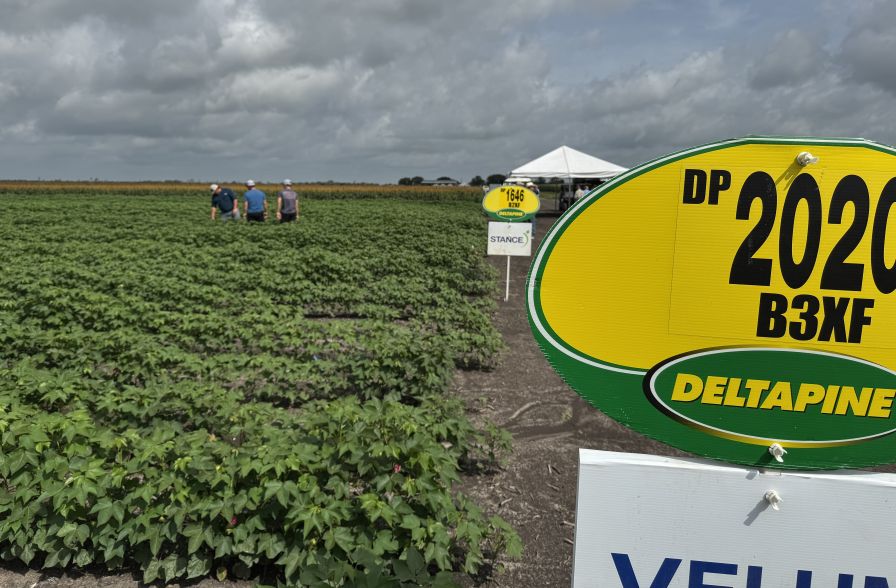Market Remains Focused on a Five Cent Trading Range
Cotton prices experienced an excellent week as funds, tired of the sleeping market, generated a round of short covering, which was following by new long positions which then triggered more short covering.
The bears stayed too long, leaving a couple of cents on the table, but thankfully offering growers a potential old crop pricing window. The new longs created additional short covering – thus, rolling the market higher. The December settled the week near its highs. The longs will attempt to push the nearby May above 76 cents and challenge the 77 cent resistance level.
Nevertheless, the longer-term trading range between 72 and 77 cents remains the primary trading channel. This five cent range is viewed as the most likely range as the market keeps its focus on the U.S.-China trade dispute.
Export sales weakened as prices moved higher. Most mills moved to the sidelines and await a market retracement back below 74 cents. Yet, mills were somewhat more aggressive with price fixations over the past two weeks with prices at the 74 cent level. While export inquiries slowed, China was in the market for immediate shipment of most any growth except U.S. Net sales on the week were 166,100 RB of upland and 29,300 RB of Pima. Exports were well short of the total needed to reach the USDA estimate for the year, as only 287,000 RB of upland and 13,300 RB of Pima were shipped. Vietnam remains the primary destination.
The trade dispute drew heretofore unlikely support from a 114-member bipartisan congressional delegation that requested the Trump administration include agriculture in trade discussions with Europe. Historically, Europe has refused to mount serious discussions involving agriculture, and prior administrations have caved to this tactic. However, the Trump administration appears to be lending an ear to the idea that all trade with Europe should be discussed at the same table, just as with China.
Cotton has little to gain directly from trade talks with Europe. However, if industrial and agricultural talks with Europe are combined, it does offer the various U.S. agricultural sectors a platform from which they can establish tighter ties with each other. Such ties were once common place. Yet, with agricultural employment and population accounting for a smaller share of the population, many of those ties have become splintered. A resurgence of an agricultural coalition would be beneficial to all agricultural sectors, and especially cotton. This, in itself, would be beneficial to cotton.
Mills are suggesting the current business attitude remains positive with forward bookings at a very positive rate. It is expected that Chinese acreage could slip as much as 5% during the coming season. However, this is offset by increased plantings in both India and the U.S. In fact, the U.S. has the potential for a record production, especially in light of weather-reduced corn plantings in the Mid-South.
Nevertheless, China will have to come to the world for an increased amount of cotton during the 2019-20 marketing year. While an immediate resolution to the trade tiff will be very short-term bullish, the longer-term prospects of a record large U.S. harvest will likely limit much advance.
Growers are cautioned to be very aggressive sellers of the 2019 crop at 75 cents, basis December.
Give a gift of cotton today.









